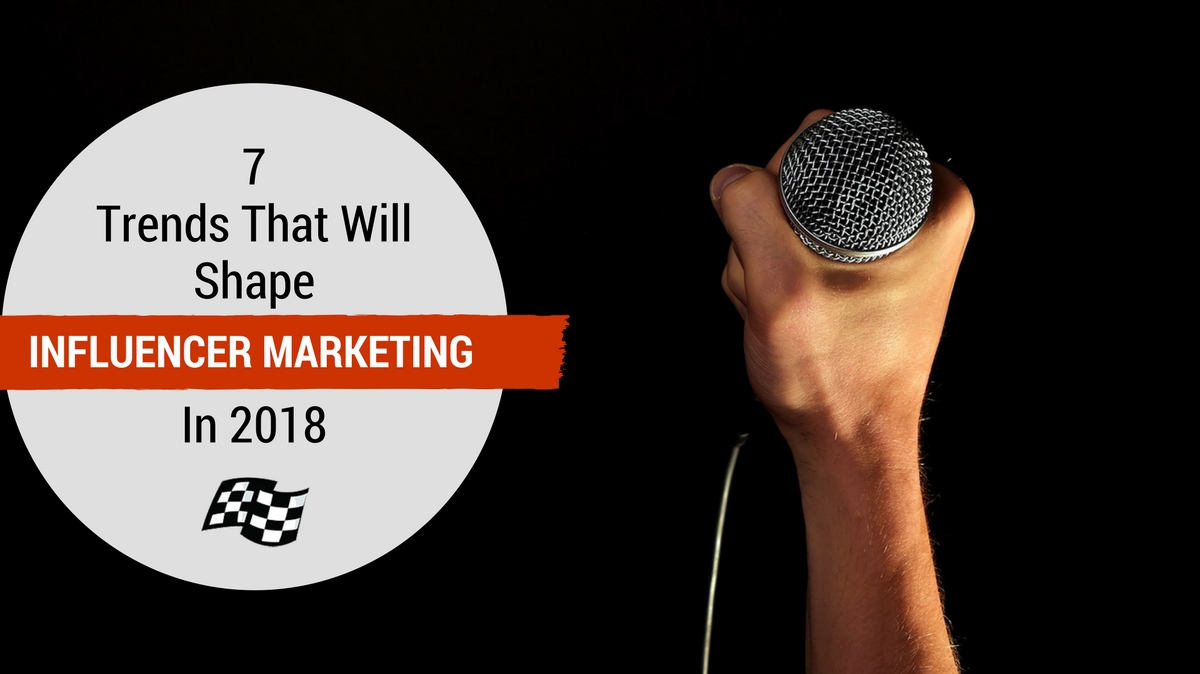
In today’s dynamic and fast-paced consumer ecosystem, it’s imperative for businesses to plan well. Planning for the future also involves keeping up with the latest industry and marketing trends.
We’re already in the final quarter of 2017, which means if you haven’t started planning for next year, you’d better start. Knowledge of key trends is necessary to be able to mitigate risks and face the future confidently.
Influencer marketing is a social media marketing technique in which an individual is identified who can influence potential buyers. Once an influencer has been identified, marketing campaigns are then created around such individuals. Keep reading to learn about 7 of the biggest trends that will shape influencer marketing in 2018.
1. Anticipate and Address Micro-Moments
Consumers today are heavily dependent on their smartphones or mobile devices for most of their needs. They reach for their phones instinctively to find some quick information, learn something new, or buy something.

Each of these “micro-moments” is an opportunity for businesses to influence consumer decisions. Successful brands are able to address these exact needs by providing the relevant information to consumers at the right time. This helps them in acquiring customers efficiently and building long-term relationships with them.
2. Focus on Visualization
Gone are the times when consumers would happily browse through pages of textual content on the internet in the hope of learning something. It is a well-known fact that visual content is far more interesting and stimulating for web audiences.
Having influencers create engaging videos is a great way for businesses to capture the minds of consumers and increase engagement. Gen.video even found that video is the most effective form of influencer content to drive sales.
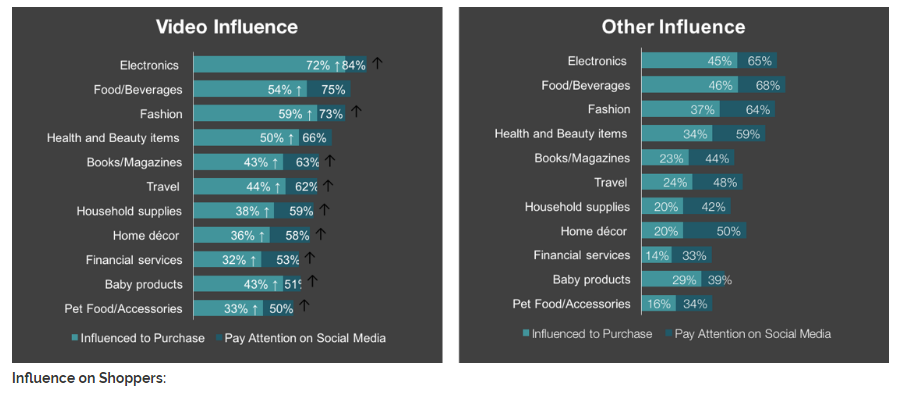
With a video, target audiences can connect more easily and on a deeper level. A video delivers a message in a story form and this makes it easier for audiences to relate to it. Hence, businesses will need to focus more on promoting high-quality and engaging videos as part of their influencer marketing strategies in 2018.
3. Have an “Always-On” Marketing Strategy
Traditionally, influencer marketing has essentially been about campaigns alone. However, if businesses aim at building long-term relationships with their customers, they”ll need to implement an “always-on” strategy. TapInfluence even found that ongoing ambassadorship tends to be the most effective form of influencer marketing.
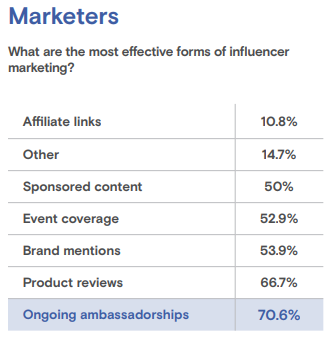
To do this, you’ll need to invest more time and effort in understanding how consumers make buying decisions. And you’ll need to understand how buyers are influenced at every stage of such decision making. That information should then inform your strategy for building and nurturing influencer relations.
4. Personalize Content for Customers
The key to gain an edge over your competition through effective marketing is focused on two aspects:
- Creating content that is engaging
- Creating a personalized consumer experience for each user
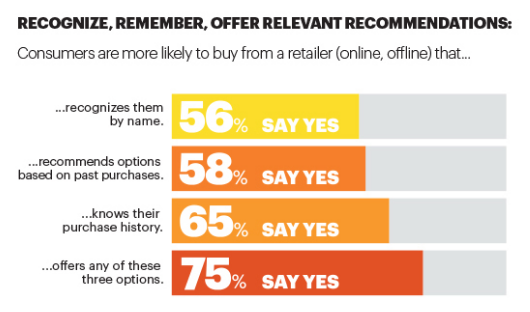
Consider a website that uses static content regardless of the type of customers who visit the page. The customers visiting the page would ideally be a combination of potential buyers and existing customers.
If the content being displayed is geared towards acquiring new customers, it will certainly not deliver a good experience for existing customers visiting the page. Similarly, if the content is focused on existing customers, it will deliver an unsatisfactory experience for potential customers.
The solution, therefore, is to create dynamic content with intelligent marketing automation that displays unique content matching a customer’s individual preferences and needs. Such dynamic content needs to be incorporated into your influencer marketing strategies so that each customer gets a personalized experience.
5. Shift Towards Integrated Influencer Marketing
In general, there are three types of influencers – mega-influencers, macro-influencers, and micro- influencers. Mega-influencers are the social media celebrities who have more than a million followers. Macro-influencers are the ones who have anywhere between 10,000 and a million followers.
In 2017, there has been a focus on micro-influencers, who have anywhere between 500 and 10,000 followers. Micro-influencers are known to have stronger relationships with their followers, and hence have a lot more influence on them as compared to the other types of influencers.
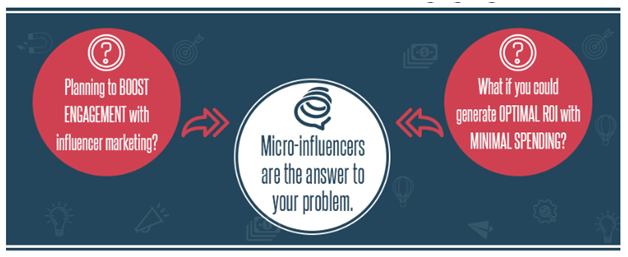
In 2018, we’ll see a shift towards integrated influencer marketing which will merge all of these types of influencers through the different stages of a customer’s journey. The type of influencer, content, and strategies you should use will depend on the stage in the journey where the customer is at the moment.
6. Transform Happy Customers into Influencers
This one is self-explanatory. If you can make your customers happy, they will, in turn, create positive word-of-mouth promotion for your brand. Your next step would be to see how you can transform this customer into an influencer.
In turn, he or she can promote your products or services on social media or in their workplaces or social gatherings. The key to making your customers happy is to understand their problems and resolve them. This will boost customer loyalty, and they can influence more potential customers based on their positive experiences with your brand.
7. Use Big Data
The right data helps marketers understand customer behavior, which in turn helps them arrive at the correct strategy required to deliver results. As we have discussed earlier, anticipating and addressing “micro-moments” is all about providing the exact information customers are looking for, at the right time.

Big data is a crucial resource that can help businesses deliver exactly that. Businesses which utilize big data for decision making are much more efficient in their decision-making. Also, the absence of proper tools and processes to analyze available information results in missed opportunities for businesses. Big data can solve these challenges and help recover those lost opportunities.
The Time to Act is NOW
Although we’re still in 2017, it’s not too late to plan your influencer marketing strategies for 2018. The key ingredient is to find innovative ways to make your potential customers interact and engage with your brand. Businesses that stay one-step ahead when it comes to using such strategies and trends are the ones that will succeed in the long run. Therefore, the time to act is now.
Do you have any predictions about what the influencer marketing landscape will look like in 2018? Please share them in the comments below.
